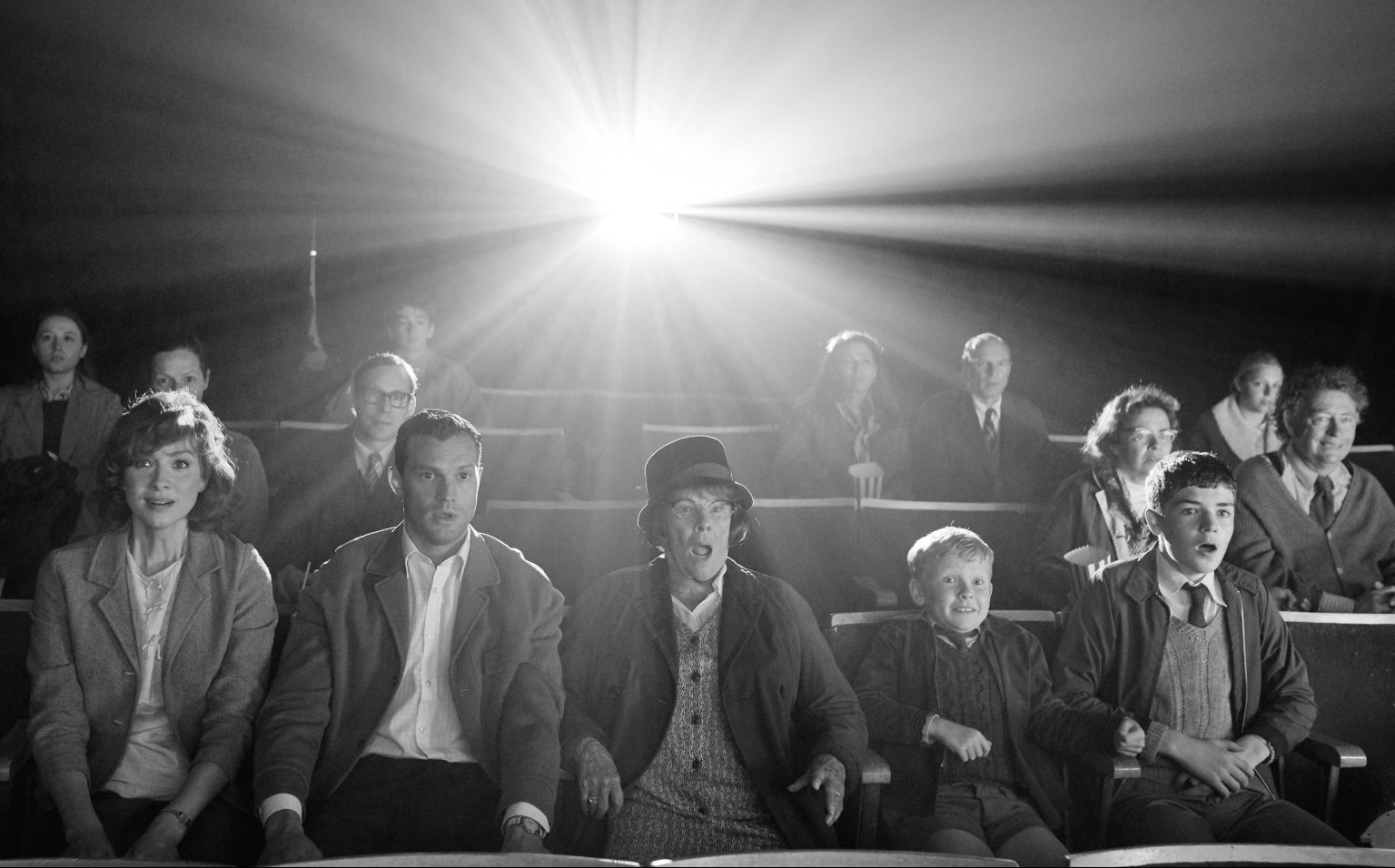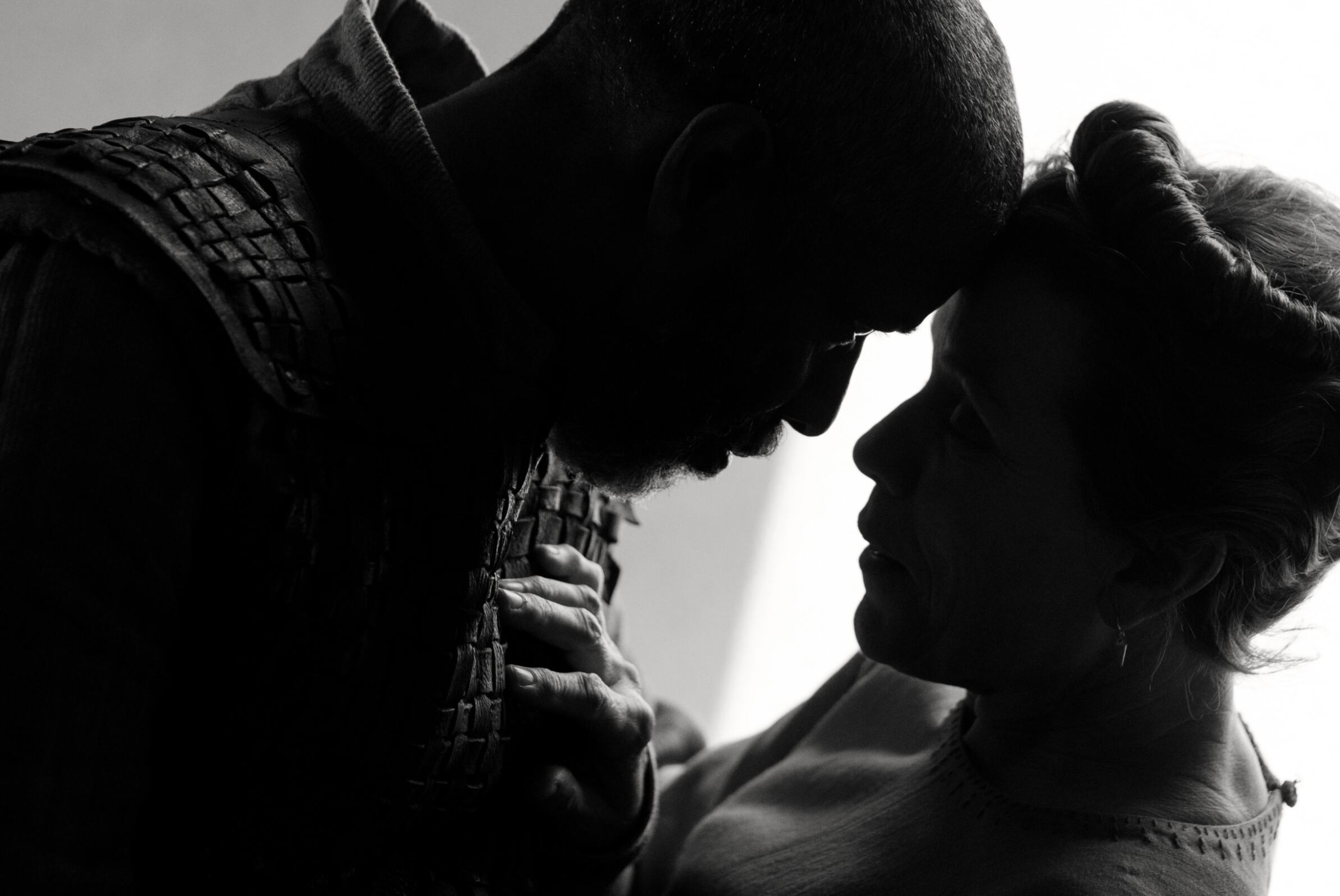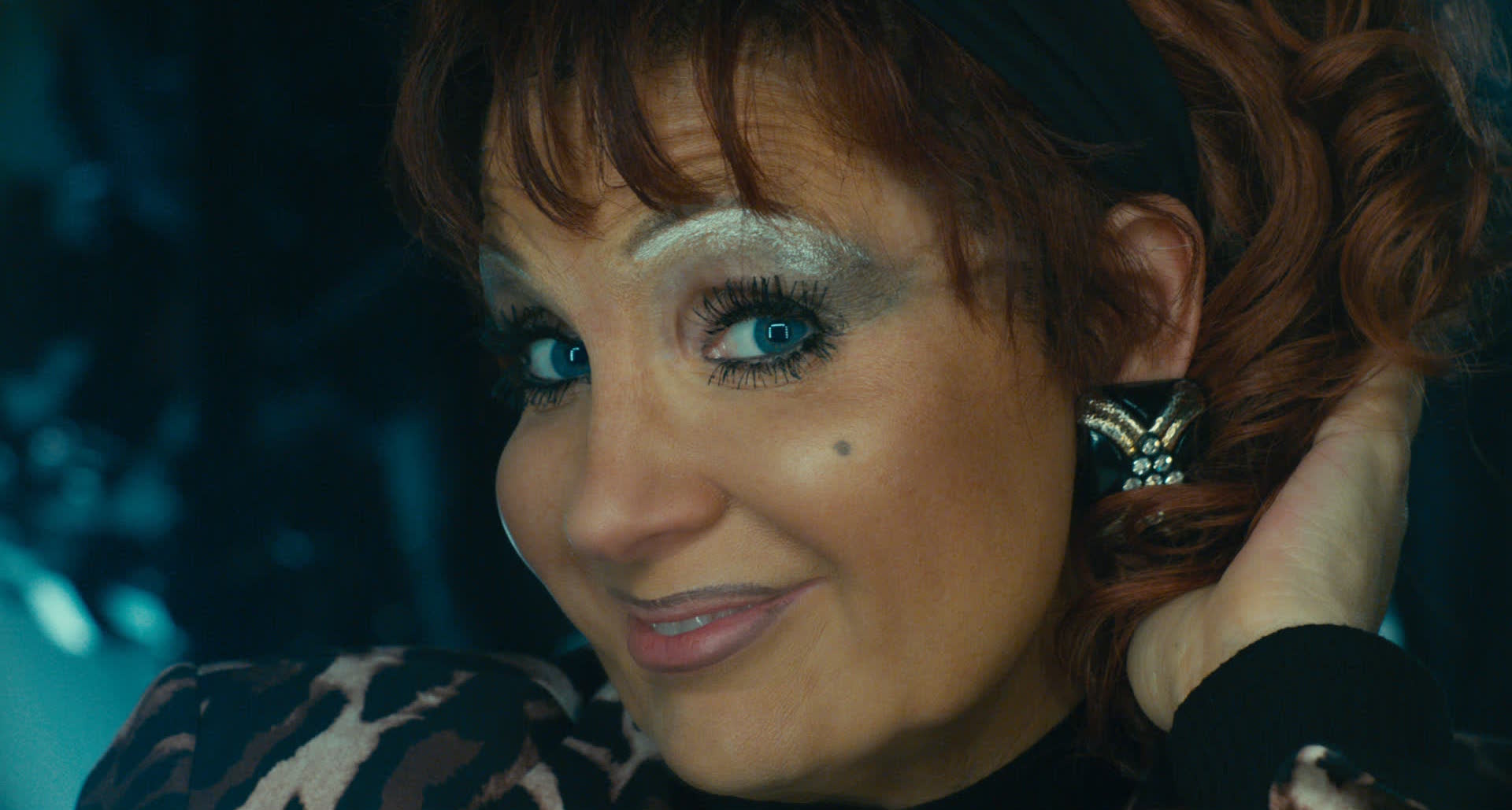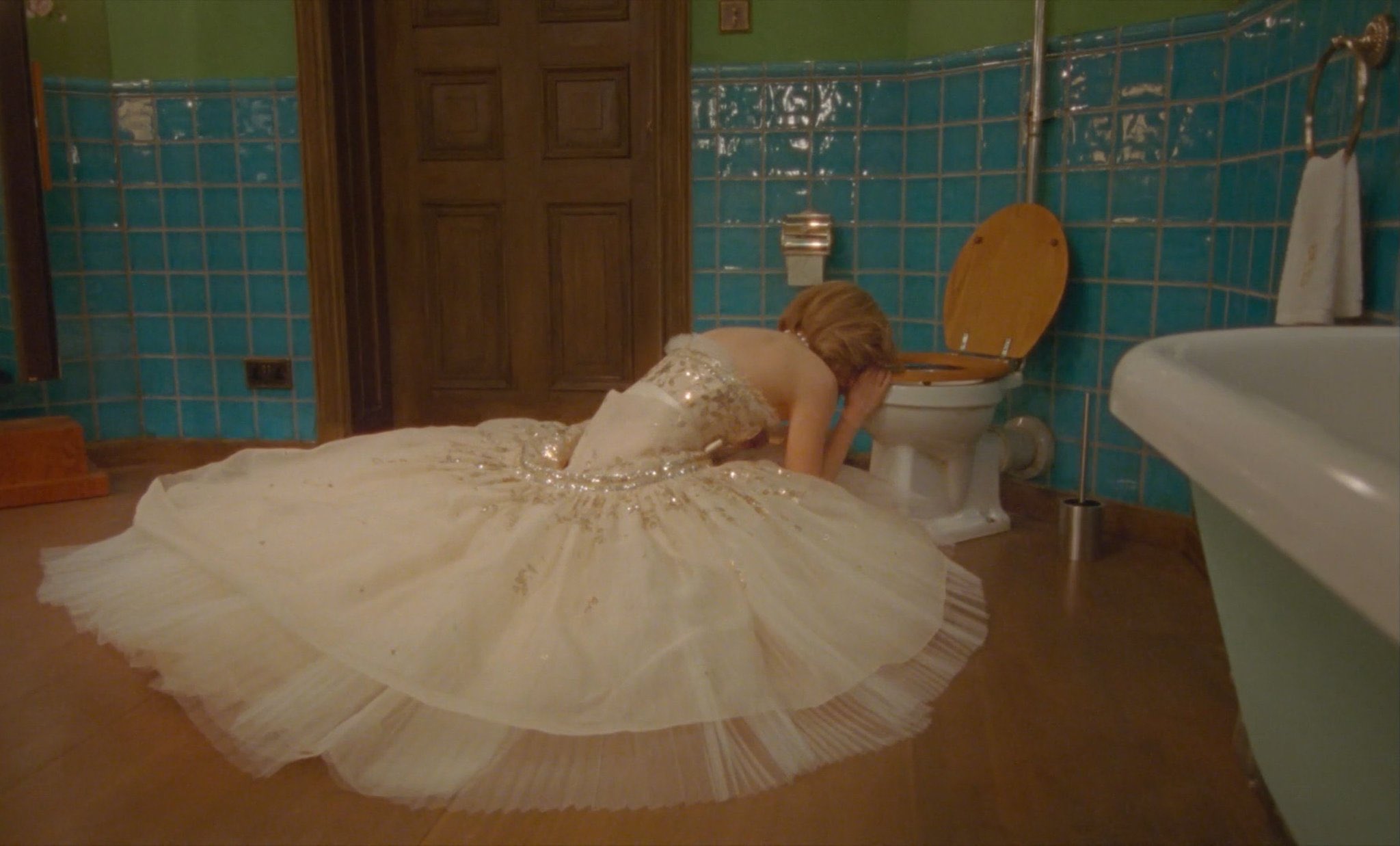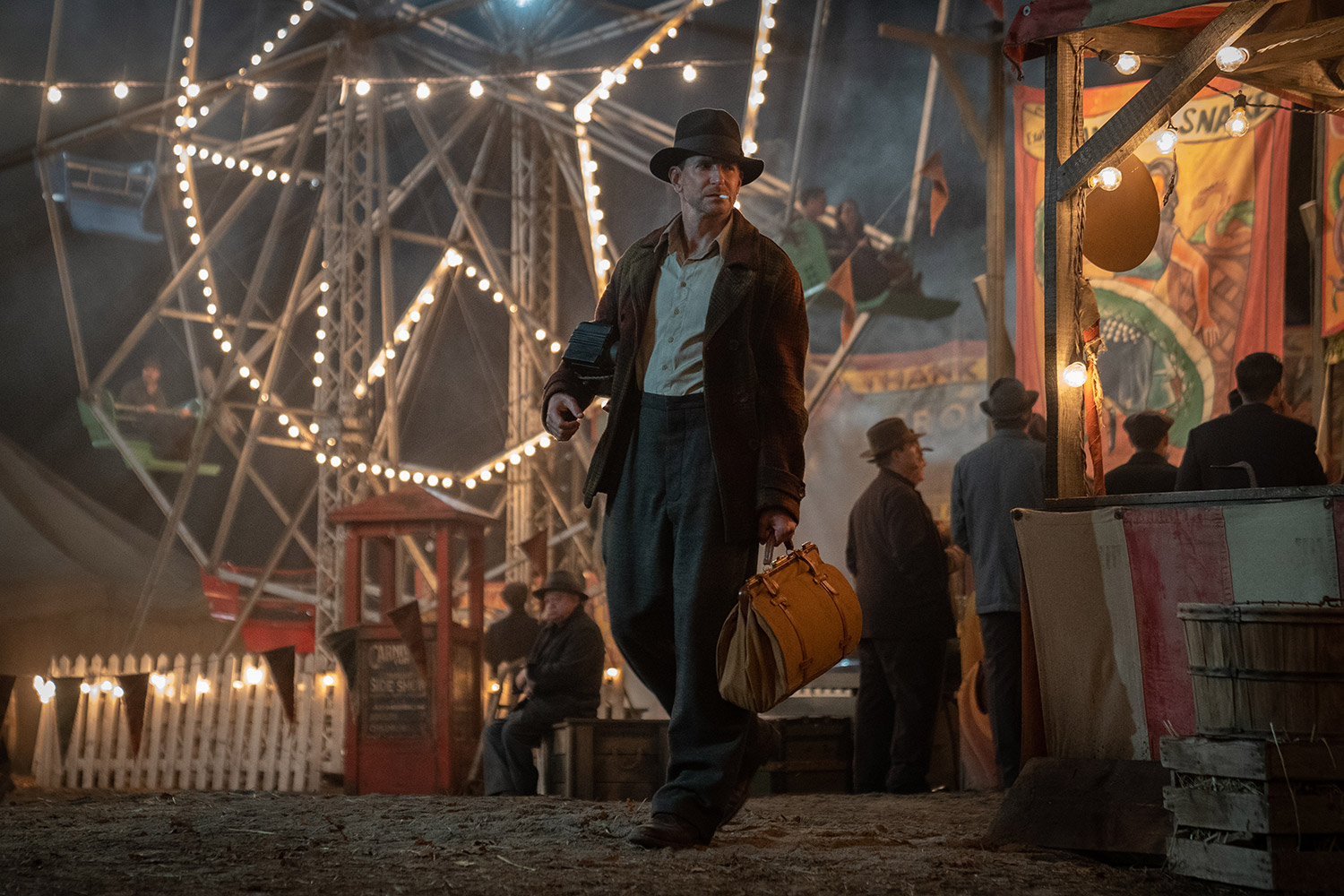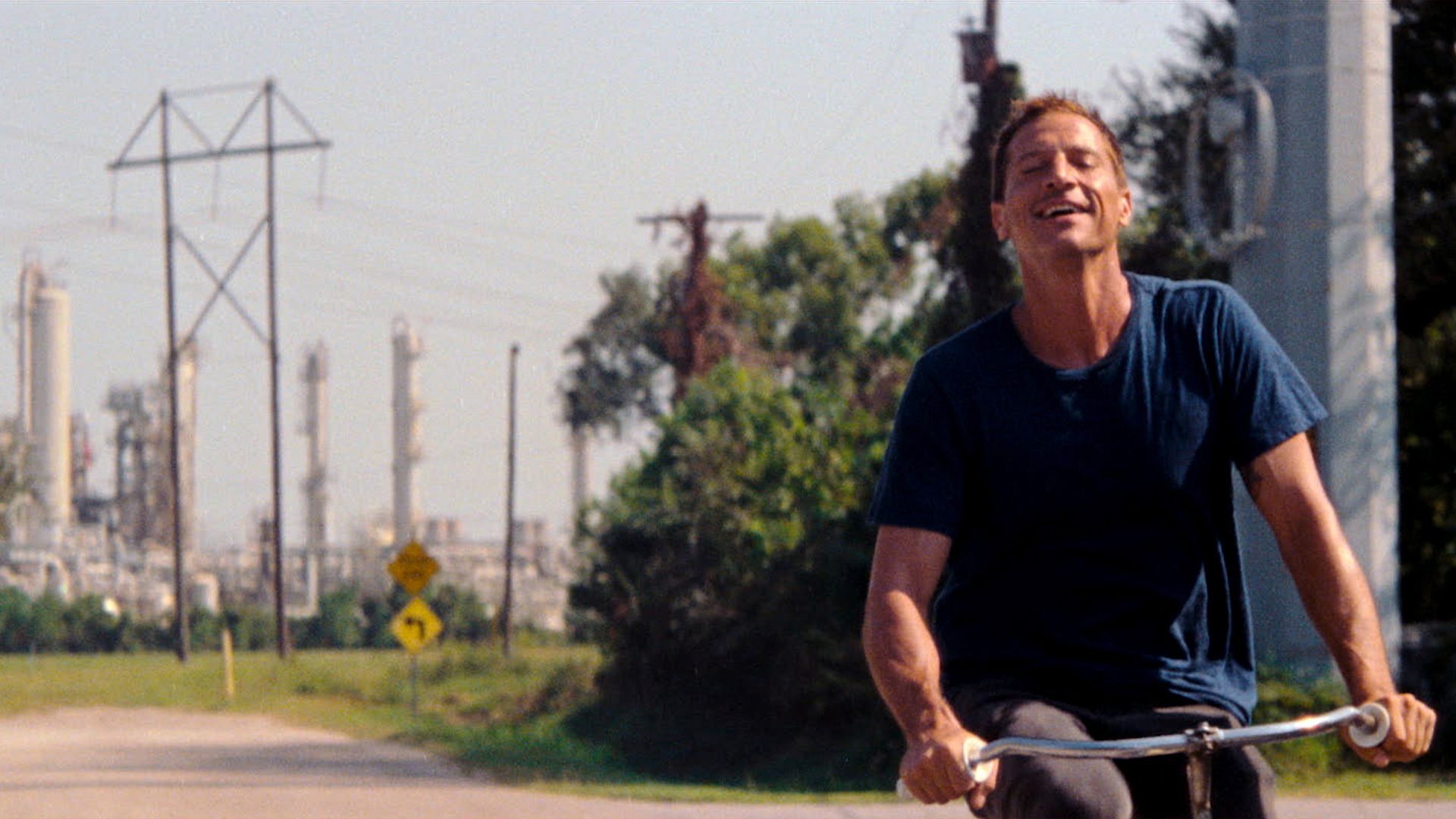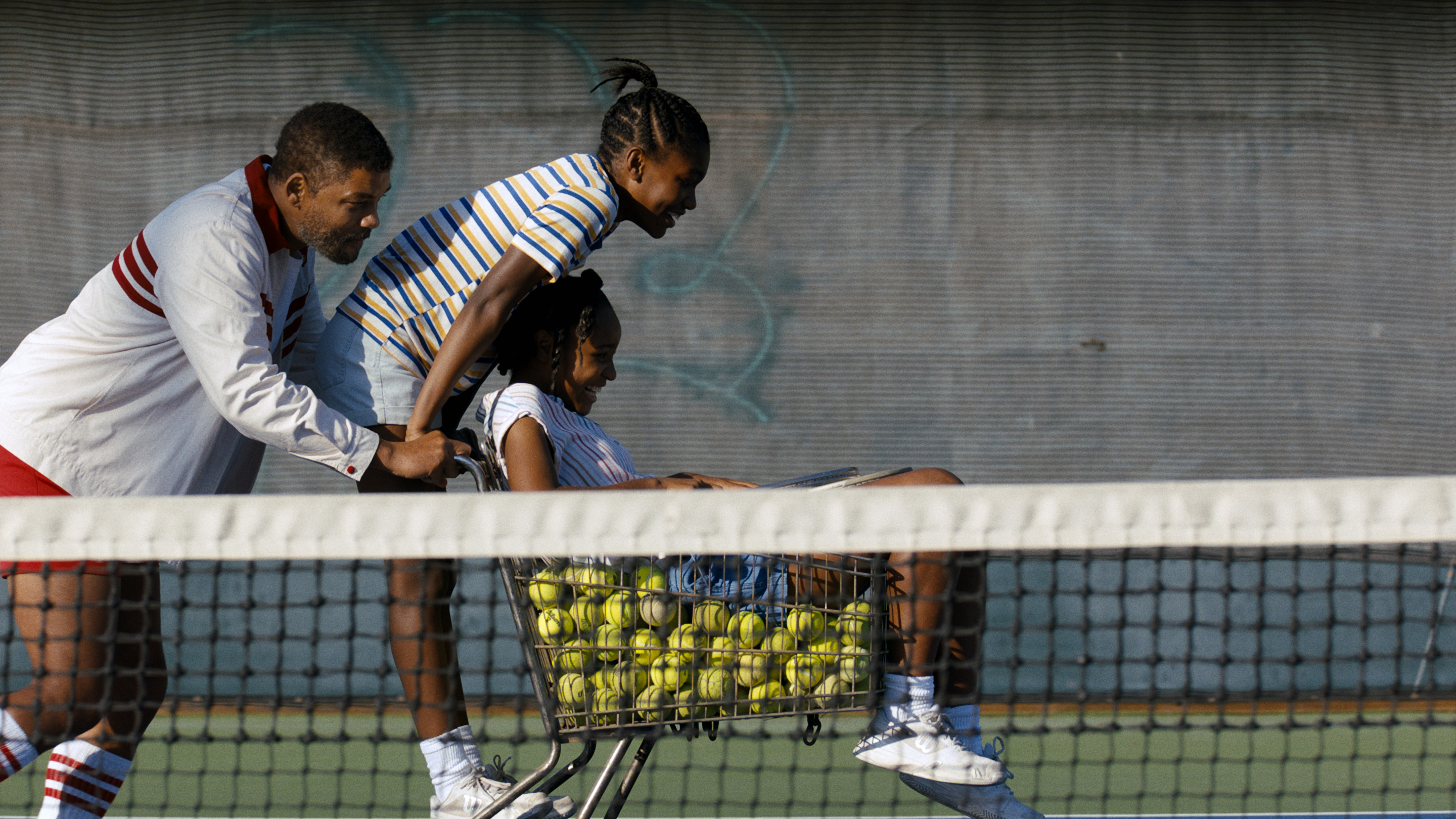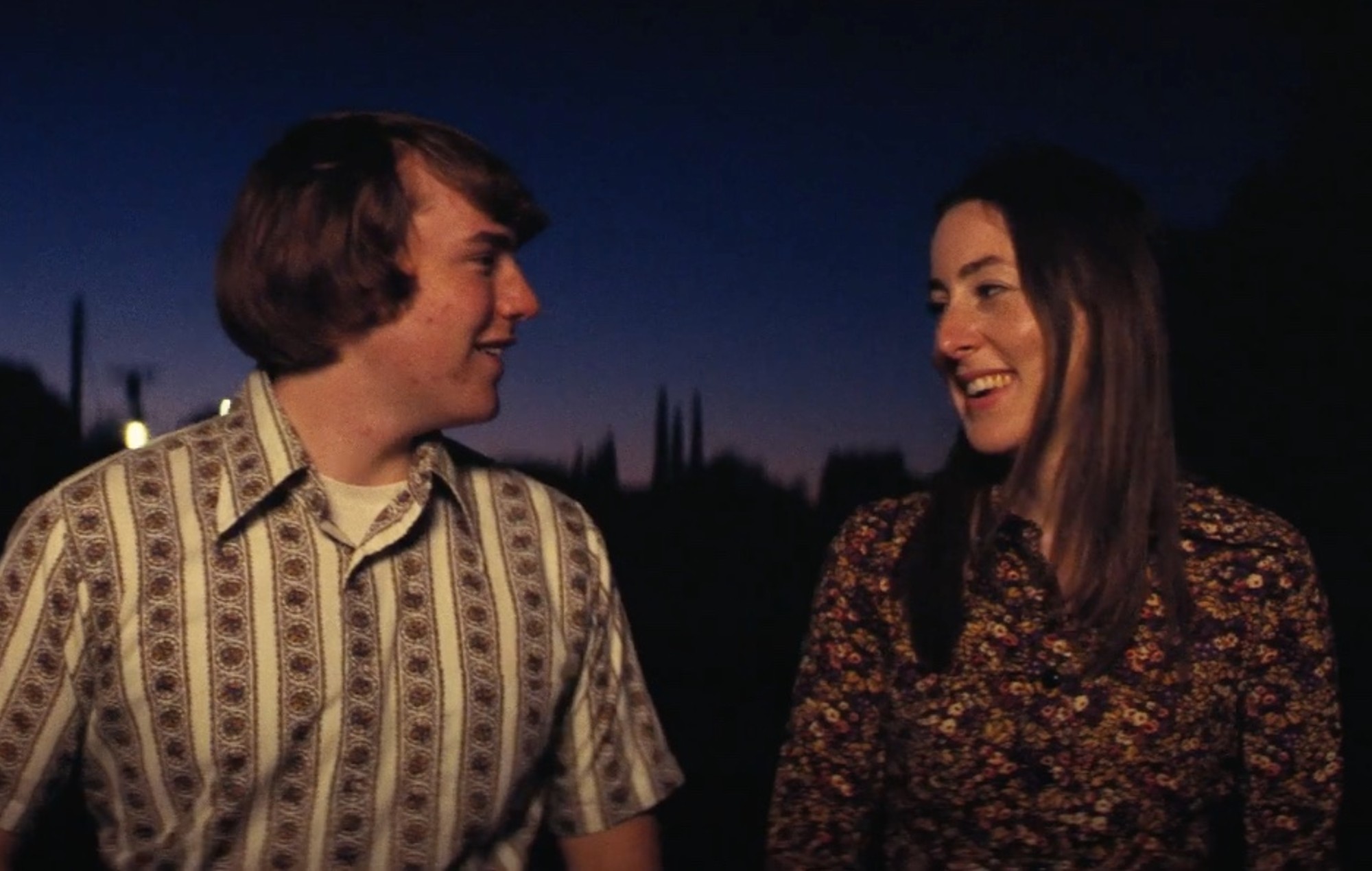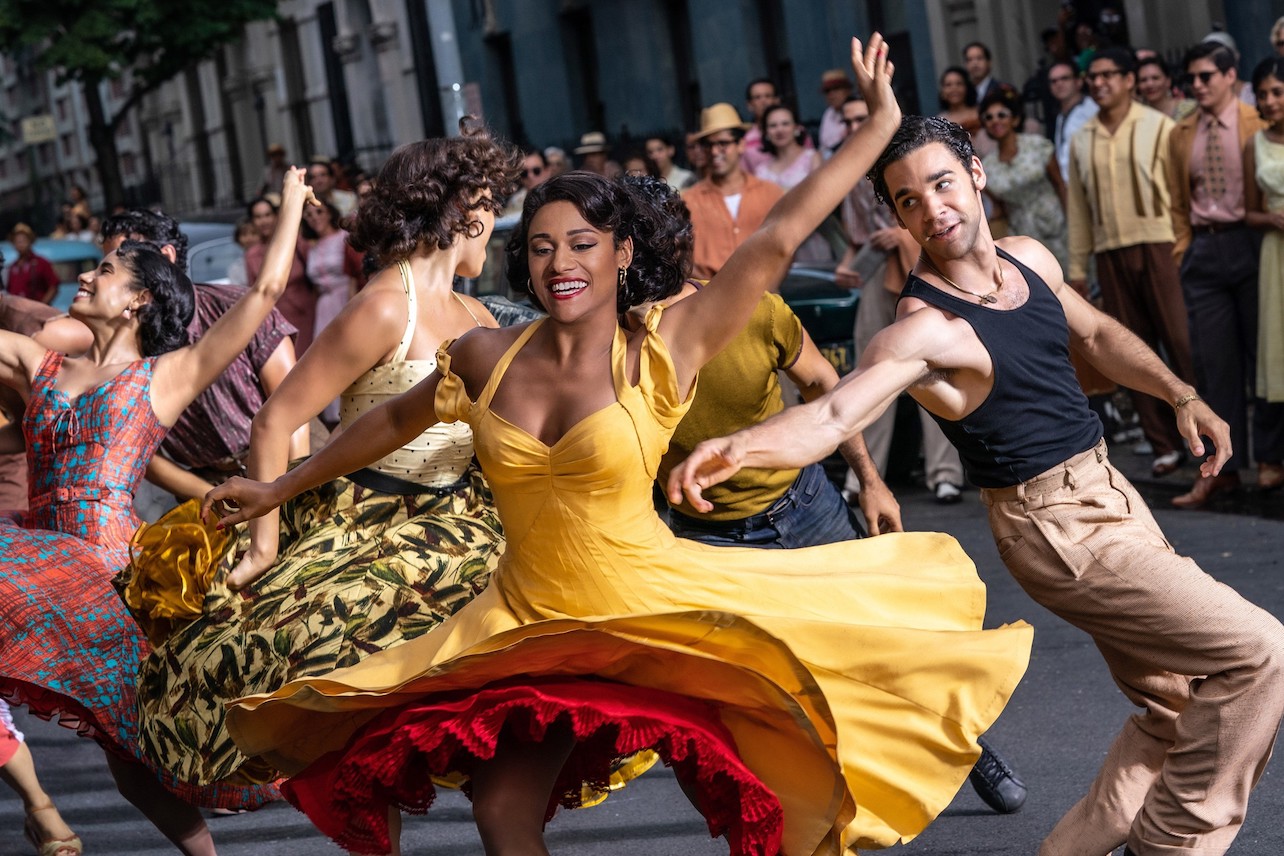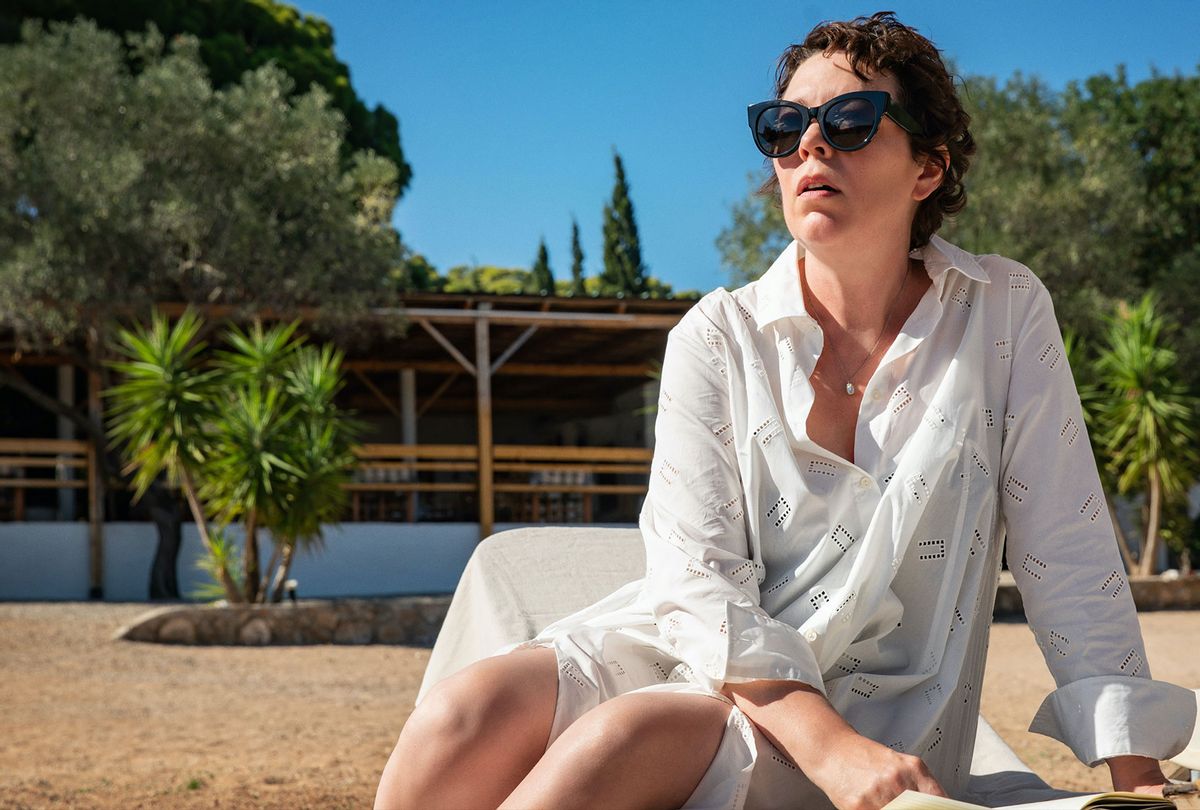Belfast (2021)
The personal evocations of Kenneth Branagh’s own childhood in Belfast endows this memory piece with a certain level of authenticity, but it is also the emotional nuance that he finds through his elegant camerawork and staging that fully consumes us in young Buddy’s journey, giving endless thanks to those who planted seeds of growth within such inhospitable environments.

